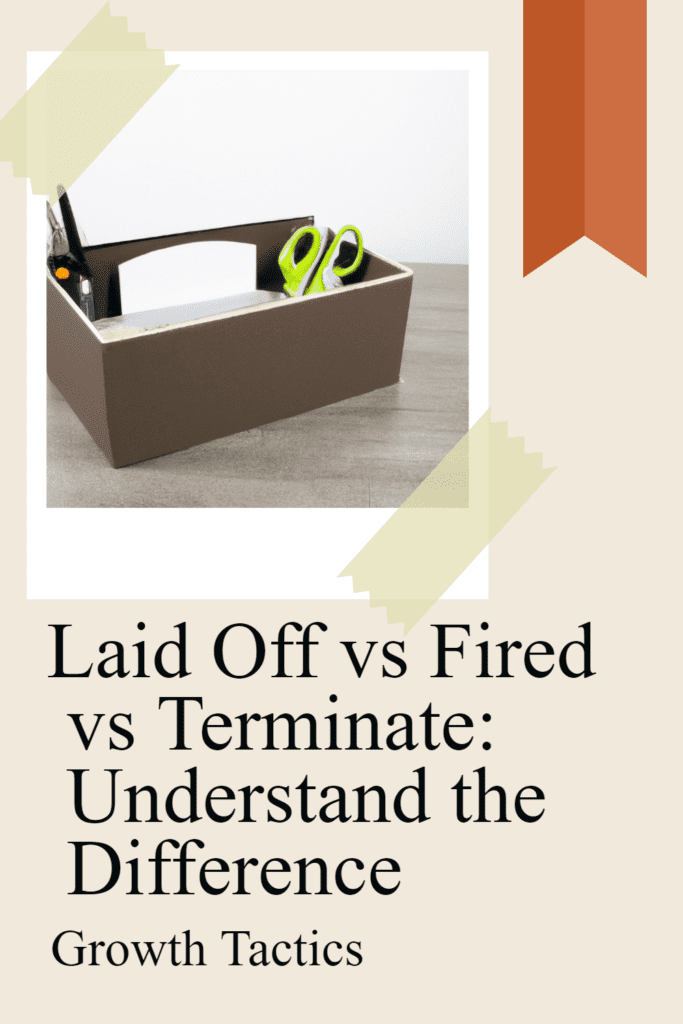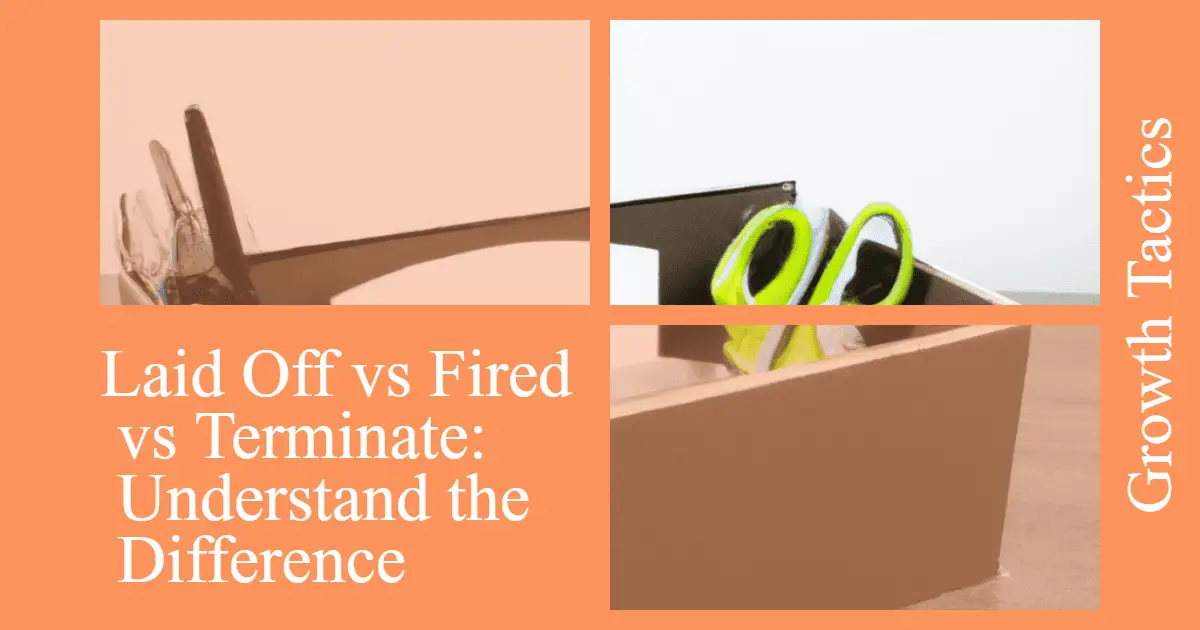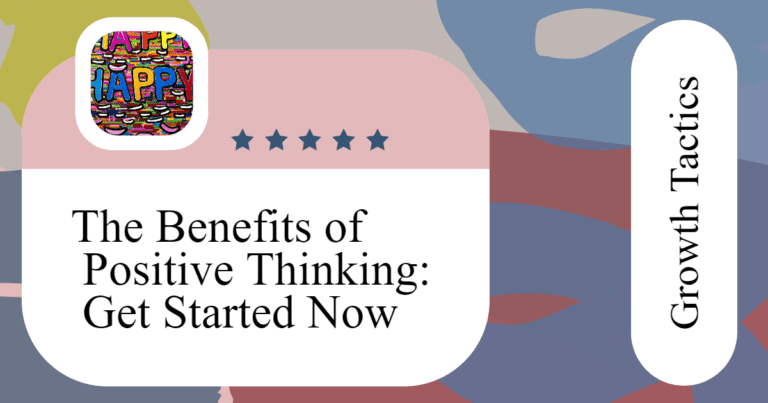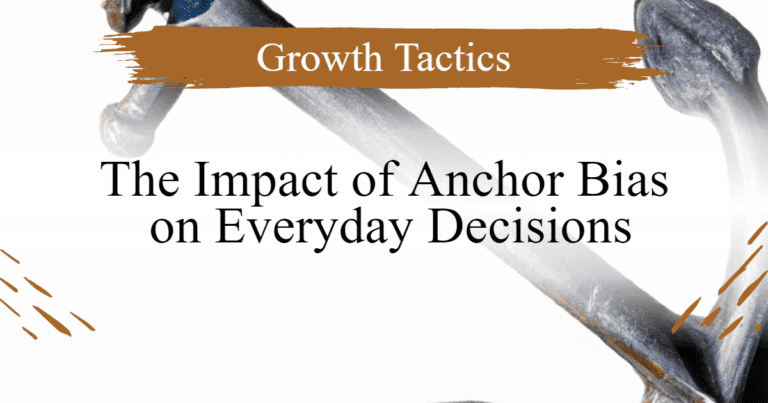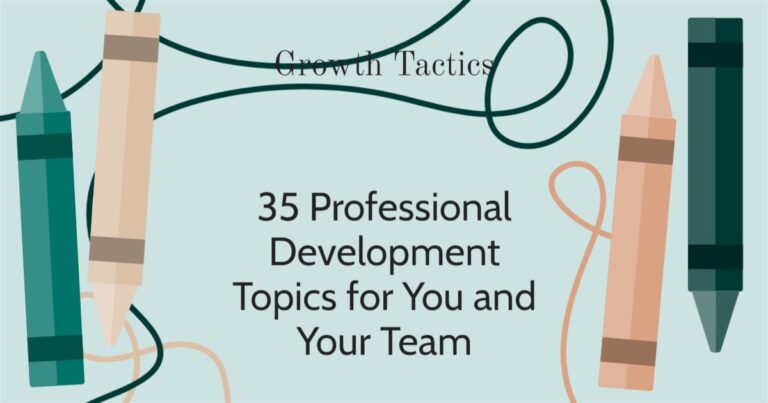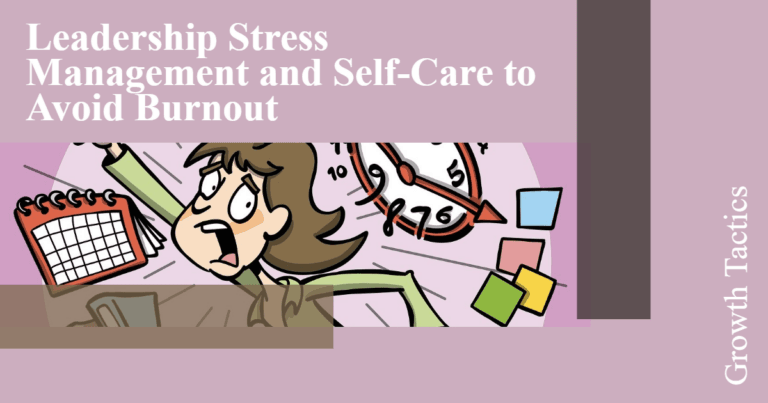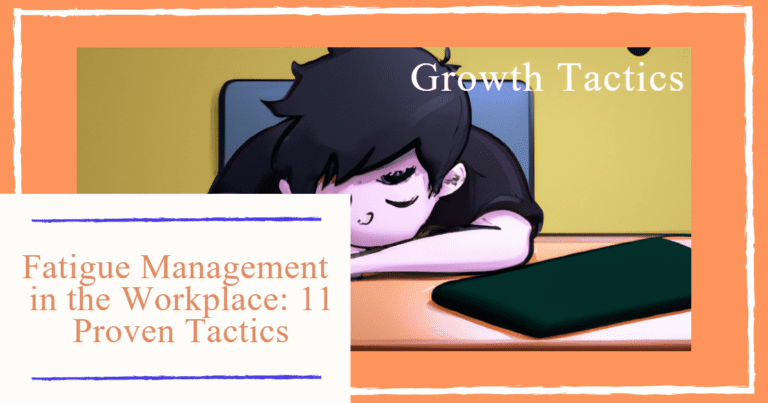Ever been in a chat where you’re discussing job changes and suddenly the terms “laid off,” “fired,” and “terminate” pop up and leave you a bit confused? Don’t worry, you’re not alone. We’ve all been there before, scratching our heads, perplexed over the differences between these terms. But that’s why this post exists. The aim here is to make these ‘puzzling’ phrases much less ‘puzzling’. By the time you’re done reading this, you’ll have a clear understanding of these all-too-often confused terms, and hey, maybe even impress your friends at the next get-together with your newfound knowledge. So buckle up, as we untangle these tricky terms and their nitty-gritty. Let’s get into it!
Jump To Section
Laid Off vs. Fired: A Tale of Two Job Losses
Sorting out the difference between the two can be a bit tricky, but it’s important to know the distinction. So, come along as we explore the differences between being laid off and fired.
A Moment of Clarity: Being Laid Off
Let’s dive into the world of layoffs first. While it’s never a fun experience, being laid off generally means the company had to let go of a bunch of employees, often due to economic factors or a company restructuring. Here’s the kicker – layoffs usually don’t reflect on the employee’s performance, and guess what? Jamie might even qualify for unemployment benefits!
Just the other day, my cousin Emma told me she got laid off because the company she worked for was going through a big merger, and she found herself without a job. Emma’s situation was a classic example of being laid off. The silver lining here is that those affected can often rebound and move on, knowing it was a company situation that led to their job loss.
Meeting the Fired Monster: It’s a Bit Personal, Isn’t It?
Now, let’s take a closer look at getting fired. Unlike a layoff, being fired is often due to an employee’s performance or their conduct during their time at the company. Nobody wants to tangle with the fired monster, but sometimes, it catches up anyway.
Take my friend Mark, for example. Mark had issues keeping up with deadlines and never quite met the company’s quality standards. Hearing the dreaded words “you’re fired” could have been a reality check for Mark. Unlike laid-off employees like Emma, Mark might have a bit more trouble with that rebound, and unemployment benefits might not be in the cards.
So, What’s the Difference, You Ask?
Now for the moment of truth – what’s the difference between being laid off and getting fired? Simply put, a layoff is usually the result of broader corporate strategies and financial factors while getting fired is generally a personal issue, often rooted in performance or behavioral factors at the workplace.
With this newfound knowledge, the next time you catch up with a friend or a family member who’s recently lost their job, you’ll be able to understand their situation a little better. Here’s to spreading empathy, knowledge and turning those tough times into lighter, shared experiences. Cheers!
When Life Hands You Lemons: Reasons for Getting Fired and Laid Off
Picture this: you’re having a casual conversation with a friend (let’s call her Sally) about work, and suddenly, she shares that she just lost her job. You might start feeling a little puzzled – was she fired or laid off? To help you play the role of sympathetic confidant with a little more clarity, let’s dive into the reasons behind getting fired and laid off, in the hopes of turning those lemons into some seriously good lemonade!
Why People Get Fired: A Tale of Performance and Policy
We’ve all heard stories of someone being fired – maybe even experienced it ourselves. But what causes it? Let’s look at some common reasons:
- Performance Issues: Frank just couldn’t keep up with the deadlines, and his work quality was consistently lacking. Sadly, Frank’s poor performance led to his termination.
- Policy Violations: Imagine your colleague, Alex, who made it a habit to break company rules. Alex ignored the dress code and was repeatedly caught using company resources for personal gain. Unfortunately, these policy violations caught up with Alex, and he was fired.
- Personality Clashes: While we’re all believers in “just get along,” sometimes, that’s not how it plays out. Disagreements or clashing personalities can result in a toxic work environment, leading to an employee’s termination. You might have even crossed paths with a coworker you never saw eye-to-eye with. You know who I’m talking about!
Layoff Stories: A Matter of Circumstances
Now, let’s explore why people get laid off. Though layoffs can feel as bitter as being fired, they’re usually rooted in different reasons:
- Company Restructuring: Our dear friend Sally was working for a firm that decided to make some significant changes in its structure. Unfortunately, her position was deemed redundant during this restructuring, and she was laid off.
- Financial Difficulties: Picture this: Mark’s company hit a rough patch and couldn’t afford to keep the same-number staff on board. You guessed it – Mark was one of the employees laid off to cut down on costs.
- Economic Factors: Let’s not forget times like the infamous 2008 financial crisis. Economic uncertainties can cause organizations to pull the brakes on hiring and even – you guessed it – lay off current employees. Many of those affected by this kind of job loss can find solace in knowing that it was a result of a broader economic issue rather than personal problems on their end.
So, the next time you find yourself consoling a friend like Sally or trying to understand the difference between layoffs and terminations, remember: getting fired is often due to individual performance or behavior, while layoffs are typically linked to company-level or economic factors. Now go out there, armed with your newfound knowledge, and help someone turn those lemons into the best lemonade they’ve ever tasted!
Navigating the Bumpy Road of Wrongful Termination
Alright, our conversation just swerved towards a more serious topic – wrongful termination. Has your coffee date ever turned towards cautionary tales of co-workers or friends who got booted from their job under, well, questionable circumstances? If your eyebrows shot up halfway to your hairline, you’ve probably just encountered a potential story of wrongful termination. A bumpy road indeed, but a road less traveled. Grab a cup of something warm, and let’s explore this outspoken topic in the most down-to-earth, digestible way.
The Big Bad Wolf – Wrongful Termination
Let’s kick off by painting a picture of what wrongful termination really is. Imagine chatting to your friend Lucy and she says, “They fired me because I reported a safety issue in the office.” Now, doesn’t that sound off to you? That’s because it could be wrongful termination, my friend.
Wrongful termination, in the simplest terms, occurs when an employee is let go from their job for unfavorable or illegal reasons. This could range from discrimination to retaliation for whistleblowing, and even dismissal because an employee exercised a legal right, say, taking prenatal leave. Talk about crossing the line, right?
Here’s a real-life example. A while back, a colleague of mine – we’ll call him “Joe” – filed a sexual harassment complaint against his boss. Despite valid grounds to the complaint, Joe soon found himself without a job. Now, that’s what we call wrongful termination.
Now, What? Rights & Remedies
“Alright,” you say, “I have a pretty good idea of what wrongful termination looks like, but what can I do if it ever happens to me?” The good news is, there are options out there to help you out. In most places, workers have legal protections against wrongful termination! Phew!
Walking this path usually starts with filing a complaint with an employment tribunal, seeking advice from an employment lawyer, or discussing it with your local labor union. The remedies might range from getting your job back, to compensation, or even initiating changes for better workplace protections. Remember, it might be a challenging journey, but no one needs to walk it alone.
Parting Words (Get It?)
Let’s wrap up our little heart-to-heart on wrongful termination. Remember, it’s about job termination occurring for either discriminatory reasons, retaliation, or if you were fired for exercising a legal right. And if you’ve been treated wrongly in your termination, recall Joe’s story and know that there are remedies at hand!
Picking Up the Pieces: Actions to Take After Being Fired or Laid Off
Imagine this: poof, just like that, you’ve lost your job. Be it a firing or layoff, the feeling of uncertainty can be overwhelming. But don’t worry, friend – we’re here with some warm, engaging advice on how to bounce back after being dealt this tricky hand. So, cozy up with your favorite beverage and let’s talk about getting back on our feet after being fired or laid off.
Step 1: Breathe and Reflect
Finding yourself suddenly without a job can make you feel like the rug’s been pulled out from under you. But hey, take a deep breath – we all face setbacks. Allow yourself a moment (or a few) to take it all in and feel those emotions. Remember my cousin Emma? When she was laid off, she spent some time reflecting on the situation – that’s essential for bouncing back!
Step 2: Evaluate Your Finances
Once you’ve let the initial storm of emotions pass, it’s time to take a good, hard look at your finances. Make a budget based on your current situation to determine how long you can stay afloat without a job. Don’t forget to check if you’re eligible for unemployment benefits or if you have any emergency savings. Having a clear financial plan can alleviate a lot of stress during the job-hunting process.
Step 3: Brush Up That Resume and LinkedIn Profile
Just like spring cleaning, it’s time to freshen up your resume and LinkedIn profile with all your recent experiences and achievements. Reach out to friends and colleagues who can give you advice or help you revise your documents. Maybe even consider talking to a career coach for assistance.
Step 4: Network, Network, Network
Allow me to share a little secret – networking can be your best friend during this journey. I’ve learned from experience that many job opportunities come from personal connections or word-of-mouth. So, get out there (or go virtual) and attend networking events, reconnect with former colleagues, and share your job search journey. Remember, more connections equal more opportunities!
Step 5: Keep Learning and Growing
While searching for that next perfect job opportunity, don’t forget to invest in yourself. Take courses, attend workshops, or learn new skills that can make you an even more attractive candidate to employers. Not only will you expand your expertise, but you’ll also feel empowered and productive during this transitional period.
Step 6: Flex Those Persistence Muscles
Above all, keep going. With every job application, interview, and networking event, remember that it only takes one chance to land your dream job. Be patient, be flexible, and stay optimistic. You’ve got this!
And there we have it – your roadmap to bouncing back after getting the old “here’s your hat, what’s your hurry” from your job. It may not be all sunshine and rainbows, but hey, we’re in this together, sharing our experiences, and stories, and ultimately discovering the path that leads us forward into the vast world of opportunities!
Explaining Your Situation in Future Job Interviews
When it comes to explaining your job loss in future interviews, honesty is your best policy. I’ve been there, and I know it can feel awkward. But remember, you’re not alone. Many successful people have faced job loss at some point in their careers.
Start by preparing a short, truthful explanation of what happened. Focus on what you learned from the experience. It’s important to avoid speaking negatively about your former employer. Instead, highlight your achievements in your previous role. Talk about any new skills or certifications you’ve gained since leaving. This shows you’re proactive and always looking to grow.
If you have gaps in your employment, don’t worry. Mention any freelance work, volunteering, or skill-building activities you’ve been doing. I once used a period of unemployment to learn coding, which opened up new job opportunities for me. Show enthusiasm for returning to the workforce and explain how your unique experiences make you a strong candidate.
Maintaining Professional Relationships After Being Fired or Laid Off
Keeping your professional relationships strong after a job loss is crucial. It’s not always easy, but it’s worth the effort. Start by staying in touch with your former colleagues. Connect with them on LinkedIn or other professional networking sites. Reach out now and then to see how they’re doing. Offer support when you can. Remember, relationships are a two-way street.
Don’t be shy about asking for references. Approach trusted former supervisors or colleagues. Keep them updated on your job search and career progress. Always thank them for their support. I’ve found that people are often happy to help if you ask politely.
Staying active in your professional community is also key. Attend industry events and networking opportunities. These are great chances to reconnect with former colleagues and make new connections. Plus, you’ll stay up-to-date on industry trends and potential job openings. I once landed a great job opportunity just by chatting with someone at a conference!
Remember, losing a job is tough, but it’s not the end of your career. It’s a chance to reassess, grow, and find new opportunities. Stay positive, keep moving forward, and don’t be afraid to lean on your network.
Key Takeaways:
- Layoffs and termination are forms of job loss, but the key difference lies in the reason behind them.
- Termination is usually based on an individual’s performance or behavior at work.
- Layoffs are typically due to corporate restructuring or financial difficulties.
- Employees who are laid off usually qualify for unemployment benefits.
- Wrongful termination is when an employee is terminated for discriminatory reasons or for exercising a legal right.
- Employers play a crucial role in layoffs or terminations, as they make the ultimate decision based on a variety of factors.
